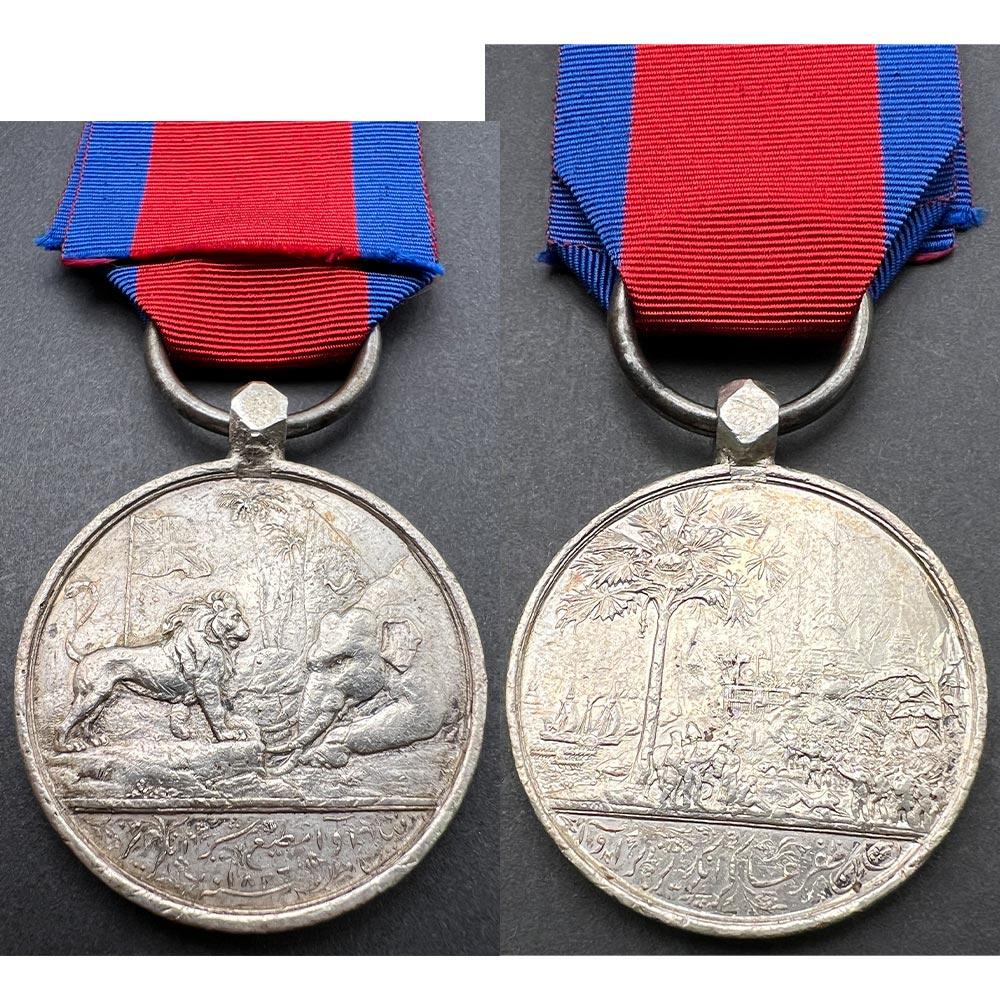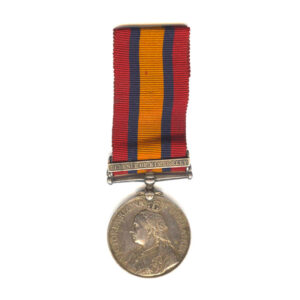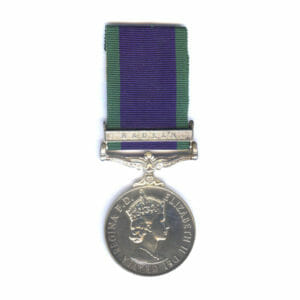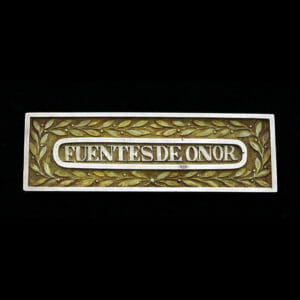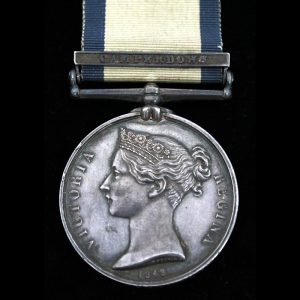Description
Honourable East India Company Medal for Burma 1824-6, Silver, unnamed as issued, for the First Anglo-Burmese War, Ava Campaign.
Fitted with a silver clip and split ring suspension, this unusual suspension seen on other surviving examples.
Well preserved example for being now close to 200 years old, Typically surviving examples are very worn, some good detail to both sides.
A rare and interesting early campaign medal, in the style of the Waterloo medal, designed by W. Daniel R.A. and produced by the Royal Mint under William Wyon.
The war in Ava was sparked by the continual depredations of the Burmese into Sylhet and Cachar. Brigadier General Sir Archibald Campbell formed a force to capture Rangoon and blockade the Irawaddy River, whilst another force under Brigadier General Morrison advanced through the Aracan.
The war was not so simple for the H.E.I.C., lasting almost 2 years, due to the difficulty in traversing the country alongside the rain, fog, and problems with supplies, further enhanced by the Burmese who held a staunch resistance, leading to 9 battles being fought during the war.
The Medal was sanctioned at Fort William during 1826 but not completed until 1831-32. 750 Medals were produced in Gold and 20025 in Silver, being designated for Indian Officers and other ranks of the Bengal and Madras Armies.
The medal was not to be issued to any Europeans in the HEIC or anyone from the British Army (apart from a special exception for Brigadier General Campbell), about 25 years later they were instead allowed the award of the new Army of India Medal with bar for Ava, this however excluded any Indians recipients from this as they said they had previously been issued this Burma medal instead.
By 1840, 197 gold and 9022 silver medals remained un-issued and were sent to the “Bullion House” for scrap.
Over the years many examples appear to have been lost or scrapped for silver content, leaving few surviving examples.
